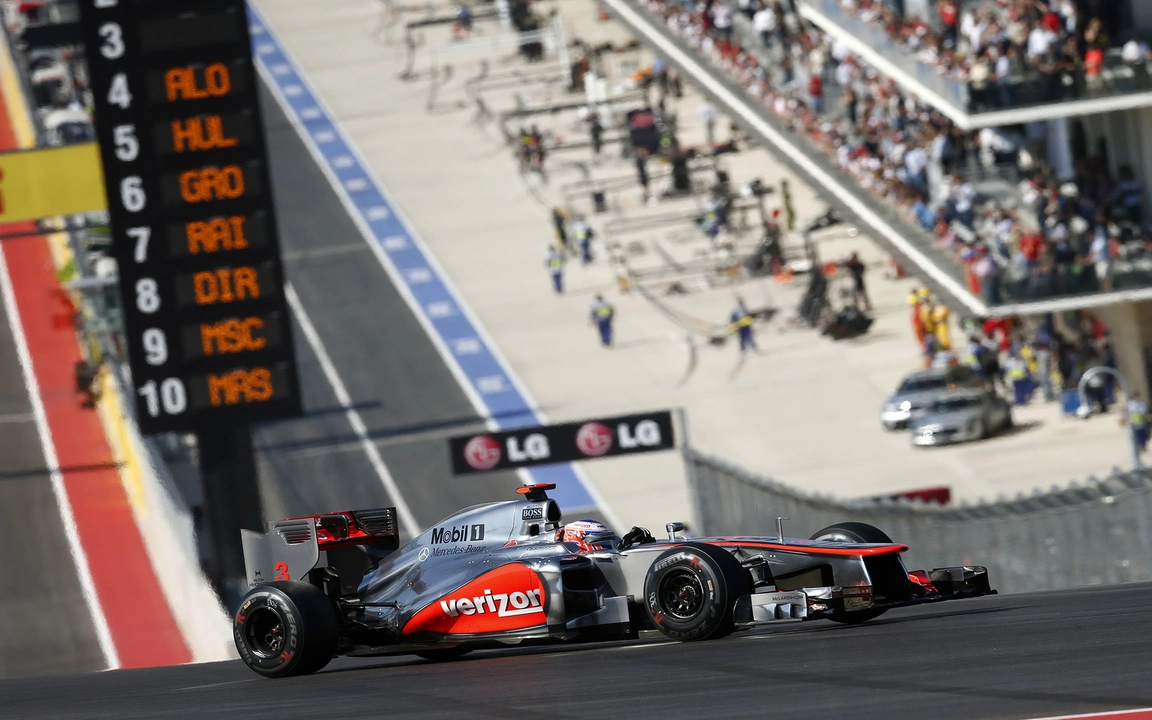-
5

How come formula one racing is not liked in the US?
Introduction to Formula One Racing
Formula One racing is a thrilling and captivating sport that has a massive following all over the world. However, it's not as popular in the United States as it is in other countries. This article will dive into the various reasons why Formula One racing hasn't caught on in the US and discuss some of the challenges it faces in gaining popularity. We'll also explore how the sport could potentially grow in the future and what changes might be needed for that to happen.
The Clash with Traditional American Motorsports
One of the main reasons Formula One racing isn't as popular in the US is the strong tradition of American motorsports such as NASCAR and IndyCar. These racing series have a long history in the country and have established a loyal fan base over the years, making it difficult for Formula One to penetrate the market. Fans of NASCAR and IndyCar often find the technical aspects and regulations of Formula One racing to be confusing and difficult to follow, which can be a barrier to entry for new fans.
The Influence of American Car Culture
Another factor that contributes to the lack of popularity of Formula One in the US is the deep-rooted American car culture. The love for muscle cars, big trucks, and the classic design of American cars is ingrained in the country's history. Formula One cars, with their sleek and futuristic design, don't necessarily resonate with American car enthusiasts who have a strong affinity for the traditional American automobile industry.
Limited Media Coverage and Exposure
Media coverage plays a crucial role in popularizing any sport, and in the case of Formula One racing, it's no different. Unfortunately, the media coverage of Formula One in the US is rather limited compared to other sports. Mainstream sports channels often prioritize the coverage of local sports such as American football, baseball, and basketball, leaving little room for international sports like Formula One. This lack of exposure makes it difficult for potential fans to learn about the sport and become invested in it.
Time Zone Differences and Inconvenient Scheduling
One of the most significant barriers for Formula One racing in the US is the time zone difference. With most races taking place in Europe, Asia, and the Middle East, the majority of Formula One events occur during inconvenient hours for American viewers. This makes it difficult for fans to watch live races and stay up to date with the sport. Additionally, the Formula One calendar often clashes with the schedules of more popular American sports, further reducing the chances of fans tuning in.
Perception of Formula One as an Elitist Sport
Formula One racing is often perceived as an elitist sport that caters to wealthy individuals and high-end sponsors. This image can be off-putting for some American fans who may find it difficult to relate to the sport and its participants. The high costs associated with attending Formula One events also contribute to this perception, making it less accessible for the average American sports fan.
Insufficient Marketing Efforts in the US
While Formula One has made some efforts to market itself in the US, these efforts have not been as extensive as those made by other sports. In order to gain popularity in the US, Formula One needs to invest more in marketing strategies that target American audiences and promote the sport in a way that appeals to their interests and preferences. This could include partnering with local sports teams, hosting events and fan festivals, and collaborating with American celebrities to generate buzz around the sport.
Challenges in Establishing a Successful US Grand Prix
Hosting a successful Formula One race in the US has been a challenge for various reasons. Over the years, several attempts at establishing a US Grand Prix have been made, but many of these races have faced issues such as poor attendance, financial difficulties, and organizational challenges. The Circuit of the Americas in Austin, Texas, has been successful in hosting the US Grand Prix since 2012, but it remains to be seen whether this success can be sustained in the long term.
Competing with Other Global Sports for Attention
Another factor that contributes to the lack of popularity of Formula One racing in the US is the competition with other global sports such as soccer, rugby, and cricket. These sports also struggle to gain a foothold in the US market, with American audiences often preferring to watch homegrown sports. As a result, Formula One needs to find a way to distinguish itself from these other sports and attract the attention of American fans.
Conclusion: The Future of Formula One Racing in the US
Despite the challenges it faces, Formula One racing has the potential to grow in popularity in the United States. To achieve this, the sport must invest in marketing and promotional efforts that resonate with American audiences, establish a successful and sustainable US Grand Prix, and work on overcoming the various barriers that have prevented it from gaining a foothold in the US market. With the right strategies in place, Formula One racing could become a beloved sport among American fans in the years to come.
 Motorsport
Motorsport
Write a comment